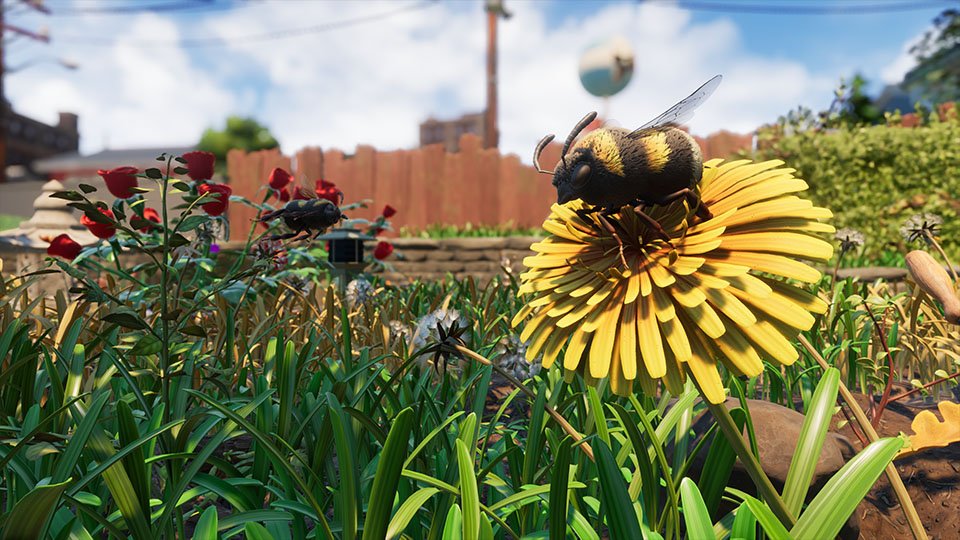By Declan McCabe
I consider the lack of biting insects and other invertebrates a wonderful gift for the winter season. I can wander through wood and fields unmolested, without the attention of mosquitoes, deer flies and ticks. And apart from a short list of “common suspects”, insects are a rarity in winter forests.
This begs the question: where do the insects go in winter? The short answer is “pretty much everywhere” – in every phase of the life of insects: as eggs, larvae / nymphs, pupae and adults. Where and how each species survives the winter season depends heavily on the individual species. While some insects, like the monarch butterfly, fly south for the winter, others have adapted to stay here in the colder months.
Many aquatic insects live under water like in other seasons, only with an icy glass ceiling. Colder water contains more oxygen, which is beneficial to these insects, and at least some predatory fish slow their foraging in cold water. Most aquatic insect larvae and nymphs eat and grow most of the time in winter and appear as non-eating adults in the other seasons.
Land insects employ a variety of strategies to survive winter conditions. Mourning cloak butterflies and a few other species hibernate in temperatures well below freezing. After reducing the water content of their bodies by up to a third, they produce antifreeze agents such as glycerin or sorbitol to prevent the formation of tissue-destroying ice crystals. They crouch under tree bark or in tree hollows and wait for the freezer. In spring they open their wings and bask in the sun to get warm enough to fly. Their dark wings and bodies help with solar heating, and thick hair helps retain heat.
Honey bees, European immigrants like me, form a winter heap around their queen. A bit like a three-dimensional rugby scrum, winter heaps span multiple honeycombs and can exceed basketball proportions in large beehives. As temperatures drop, honeybees’ metabolic rates increase, which keeps the bees much warmer than the ambient temperature. The bees on the outside of the cluster act as an insulating layer that traps the sugar-powered heat.
You may also have come across some insects that have tried to make your home theirs to survive the winter chill. Box elder bugs and Asian ladybugs move into structures where we see them come and go in fall and spring.
Many insects spend the winter as eggs which, when the weather is better, simply hatch into a new generation. There are examples too numerous to mention, but my personal favorite, at least in terms of parental care, is the gypsy moth. Before the great cold hits, female gypsy moths lay eggs in dense clusters around the tree base. The female pulls hair from her own body and secures it to the egg cluster with silk to provide some level of protection from the elements. The hair irritates the touch and can also act against predators. Spring chicks use silk from their own production to “balloon” in the wind in “Charlotte’s Web”.
The list of insects that pupate in winter is also long; Some of the more well-known members of the swallowtail butterfly family (Papilionidae) are among the more well-known. The well-known tiger swallowtail and eastern black swallowtail safely spend the winter in silky pupa cases spun by the larvae. To the casual observer everything appears calm in a doll, but the silence refutes the cellular migration that transforms the caterpillar’s body into a butterfly. This process is determined by the length of the day and the temperature, which will ensure a successful time for the butterfly to emerge in spring.
And what about the winter wandering “usual suspects” I mentioned above? I did a few forays this winter to see who can brave the snow. My December trips were a bankruptcy for insects, but in January there were dozens of non-biting mosquitos, small winter stone flies, a crane fly of the genus Trichocera, and an energetic snow scorpion fly that his buddy wandered about. The crane fly even had a short flight when it got tired of putting it on my glove for a better photo. What brought so much insect life in the middle of winter? I have no idea, but I take it as a good omen for 2021!
Declan McCabe teaches biology at Saint Michael’s College. His work with student researchers in insect communities is funded by the Vermont EPSCoR National Science Foundation Grant NSF EPS Award # 1556770. Illustration by Adelaide Murphy Tyrol. The Outside Story is assigned and edited by Northern Woodlands Magazine and sponsored by the Wellborn Ecology Fund of the New Hampshire Charitable Foundation: nhcf.org.









